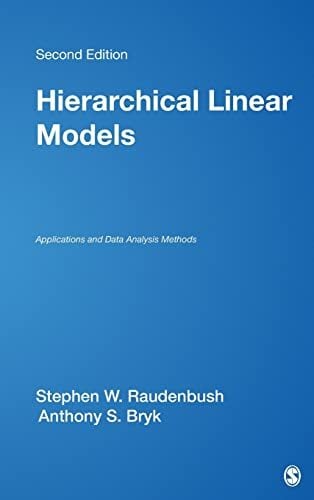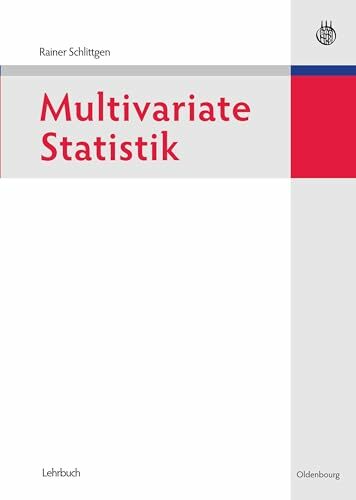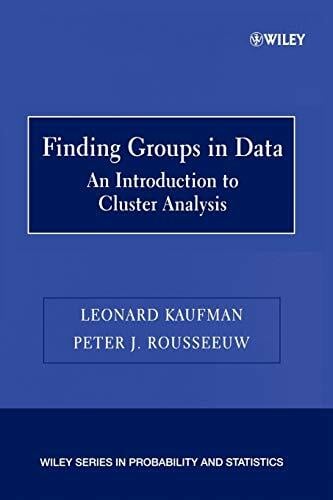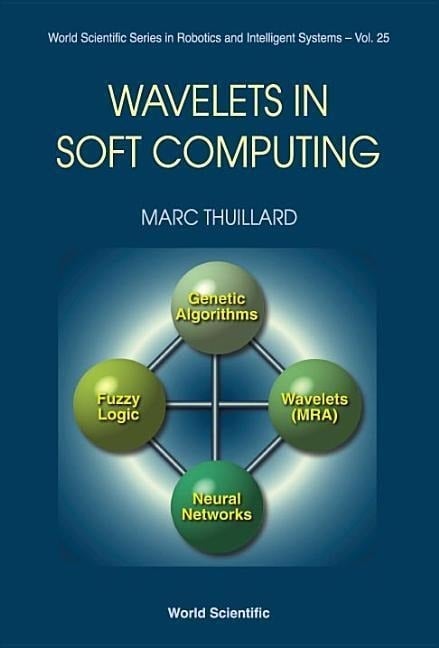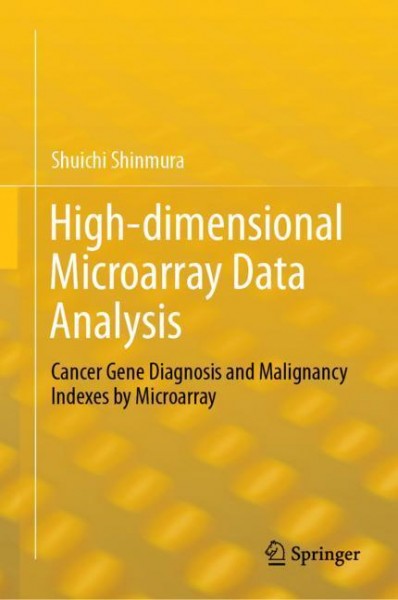
High-dimensional Microarray Data Analysis
Kurzinformation
inkl. MwSt. Versandinformationen
Artikel zZt. nicht lieferbar
Artikel zZt. nicht lieferbar

Beschreibung
This book shows how to decompose high-dimensional microarrays into small subspaces (Small Matryoshkas, SMs), statistically analyze them, and perform cancer gene diagnosis. The information is useful for genetic experts, anyone who analyzes genetic data, and students to use as practical textbooks.Discriminant analysis is the best approach for microarray consisting of normal and cancer classes. Microarrays are linearly separable data (LSD, Fact 3). However, because most linear discriminant function (LDF) cannot discriminate LSD theoretically and error rates are high, no one had discovered Fact 3 until now. Hard-margin SVM (H-SVM) and Revised IP-OLDF (RIP) can find Fact3 easily. LSD has the Matryoshka structure and is easily decomposed into many SMs (Fact 4). Because all SMs are small samples and LSD, statistical methods analyze SMs easily. However, useful results cannot be obtained. On the other hand, H-SVM and RIP can discriminate two classes in SM entirely. RatioSV is the ratio of SV distance and discriminant range. The maximum RatioSVs of six microarrays is over 11.67%. This fact shows that SV separates two classes by window width (11.67%). Such easy discrimination has been unresolved since 1970. The reason is revealed by facts presented here, so this book can be read and enjoyed like a mystery novel.Many studies point out that it is difficult to separate signal and noise in a high-dimensional gene space. However, the definition of the signal is not clear. Convincing evidence is presented that LSD is a signal. Statistical analysis of the genes contained in the SM cannot provide useful information, but it shows that the discriminant score (DS) discriminated by RIP or H-SVM is easily LSD. For example, the Alon microarray has 2,000 genes which can be divided into 66 SMs. If 66 DSs are used as variables, the result is a 66-dimensional data. These signal data can be analyzed to find malignancy indicators by principal component analysis and cluster analysis. von Shinmura, Shuichi
Produktdetails

So garantieren wir Dir zu jeder Zeit Premiumqualität.

- paperback
- 488 Seiten
- Erschienen 2018
- Springer
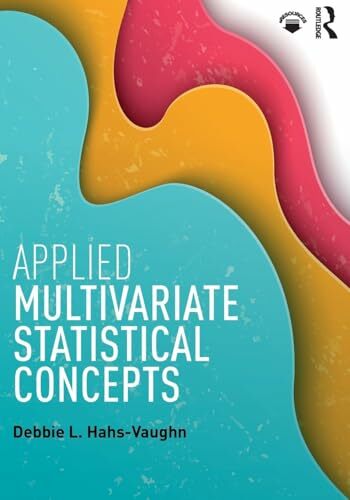
- paperback
- 662 Seiten
- Erschienen 2016
- Routledge

- Hardcover
- 312 Seiten
- Erschienen 2001
- Springer

- Gebunden
- 327 Seiten
- Erschienen 2021
- The MIT Press
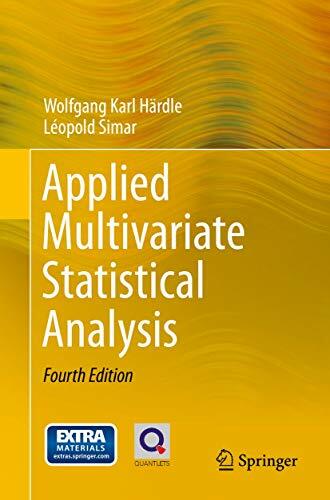
- Hardcover -
- Erschienen 2015
- Springer

- Gebunden
- 302 Seiten
- Erschienen 2008
- Springer

- Gebunden
- 250 Seiten
- Erschienen 2011
- Springer

- Kartoniert
- 342 Seiten
- Erschienen 2017
- Springer

- paperback
- 148 Seiten
- Erschienen 1974
- Springer Berlin Heidelberg

- Kartoniert
- 332 Seiten
- Erschienen 2018
- Springer VS

- Hardcover
- 411 Seiten
- Erschienen 2012
- Hogrefe Verlag
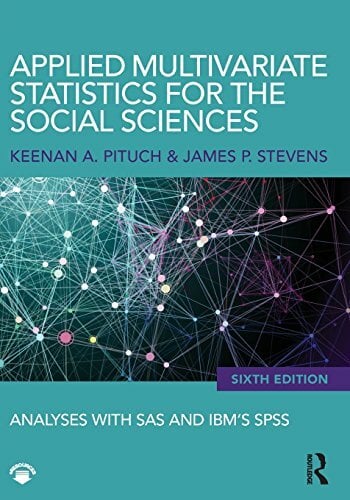
- Kartoniert
- 794 Seiten
- Erschienen 2015
- Routledge

- Kartoniert
- 598 Seiten
- Erschienen 2012
- Springer
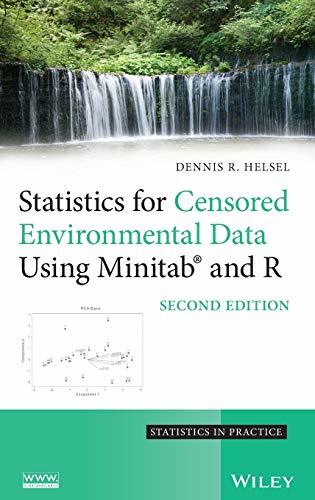
- hardcover
- 344 Seiten
- Erschienen 2012
- Wiley

- hardcover
- 192 Seiten
- Erschienen 2021
- Wiley

- paperback
- 258 Seiten
- Erschienen 1995
- UNIV OF CHICAGO PR

- hardcover
- 192 Seiten
- Erschienen 2023
- Wiley











